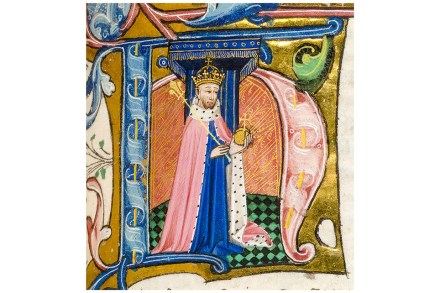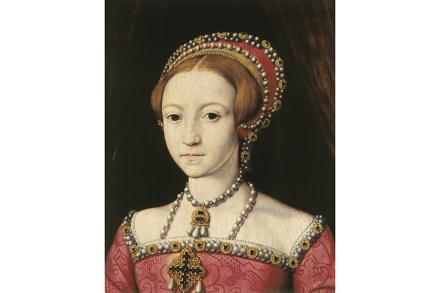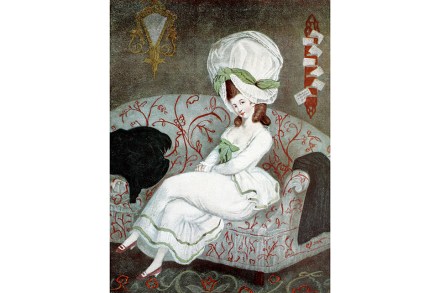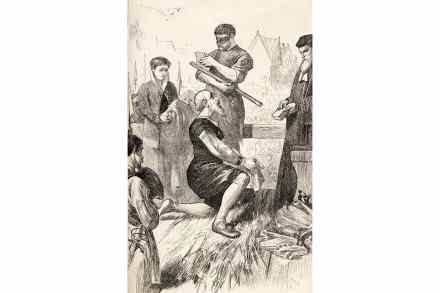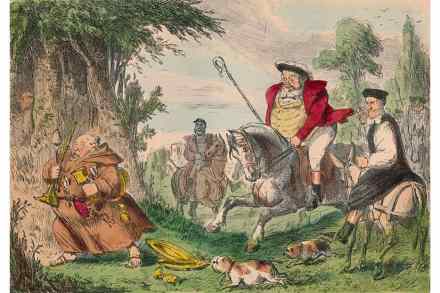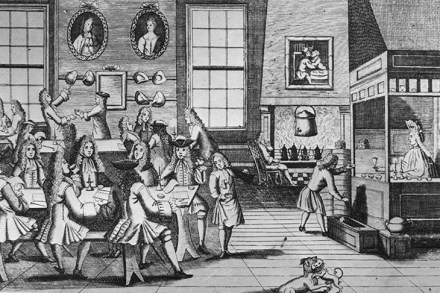Friends fall out in the English civil war
In April 1636, two aspiring lawyers, eager to make their way in the world, corresponded about the state of affairs in London. ‘Our best news,’ wrote Edward Hyde, the future Earl of Clarendon, ‘is that we have good wine… the worse is that the Plague is in town and no Judges dye.’ The recipient of this letter was Bulstrode Whitelocke, a fellow member of the Middle Temple, who, like Hyde, would go on to write an indispensable contemporary chronicle of the British civil wars of the mid-17th century. What makes the intimate, wry irreverence of Hyde’s missive seem startling in retrospect is that the two men ended up on opposite



